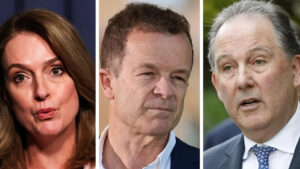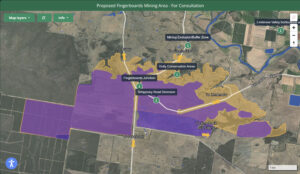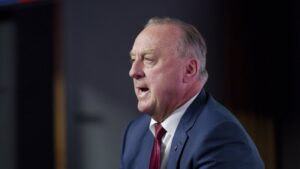
UPDATE: Wages growth in Australia has held steady at 3.4% for the year ending September 2023, according to the latest data from the Australian Bureau of Statistics (ABS), reported just hours ago. This news could significantly ease concerns for the Reserve Bank of Australia (RBA) regarding inflation and a potentially tight labor market.
The report reveals that while overall wage growth remains stable, private sector wages have slowed to 3.2%, down from 3.4% in the previous quarter. This slowdown, primarily influenced by public sector increases, is critical as the RBA navigates economic stability and inflation control. The public sector saw a robust growth of 3.8%, with state governments accounting for a remarkable 82% of this increase, according to Michelle Marquardt, head of prices statistics at ABS.
The news comes amid indications that the labor market’s momentum is faltering. Jessie Cameron, senior associate economist at NAB, highlighted that the recent figures could mitigate fears of an overly tight labor market, stating, “At face value, the private sector outcome softens some fears around inflationary pressures.”
Adding to the urgency, My Bui, economist at AMP, noted that private sector wages are crucial for understanding market services inflation. “Slower momentum in the private sector suggests a downshift in inflation expectations,” she explained. This comes as inflation unexpectedly surged to 3.2% in the September quarter, challenging traders’ hopes for rate cuts in the coming years.
The RBA’s recent board meeting minutes revealed apprehensions about high growth in unit labor costs, complicating inflation control efforts. Meanwhile, annual real wages have increased for the eighth consecutive quarter, though the rise in inflation has diminished real wage gains from 1.3% percent to just 0.2% percent. Treasurer Jim Chalmers expressed optimism, stating, “This is now the longest period of consecutive annual real wage growth in almost a decade,” suggesting government policies are beginning to yield results for workers.
However, concerns persist regarding the reliance on job growth from the non-market sector. Opposition housing spokesman Andrew Bragg criticized this dependency, noting, “Unemployment is actually up compared to where the government started when they were elected back in May 2022.”
The ABS labor force figures indicate a record high of 14,683,200 Australians employed as of October. As the economy evolves, the focus remains on balancing wage growth with inflation control, making this an essential moment for workers and policymakers alike.
As developments unfold, analysts will closely monitor how these wage trends influence monetary policy and economic recovery in Australia. Keep an eye out for potential impacts on interest rates and consumer spending as the RBA assesses its next moves in the face of changing economic indicators.





